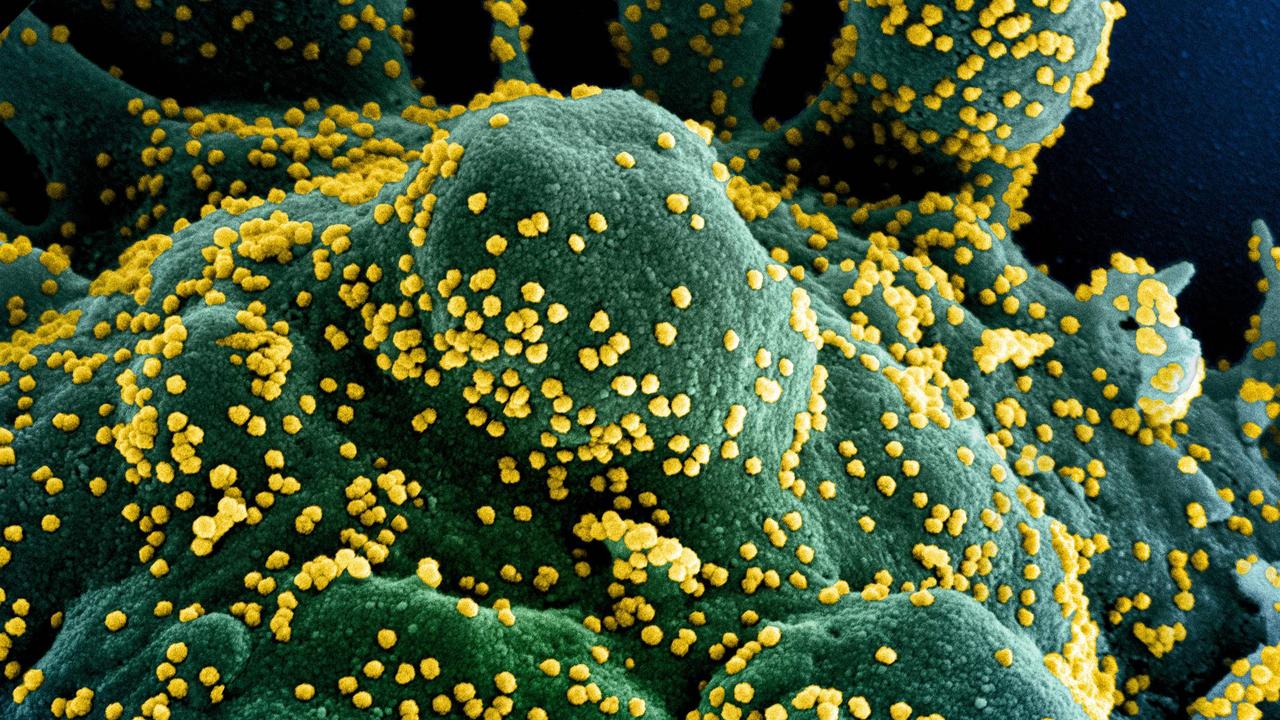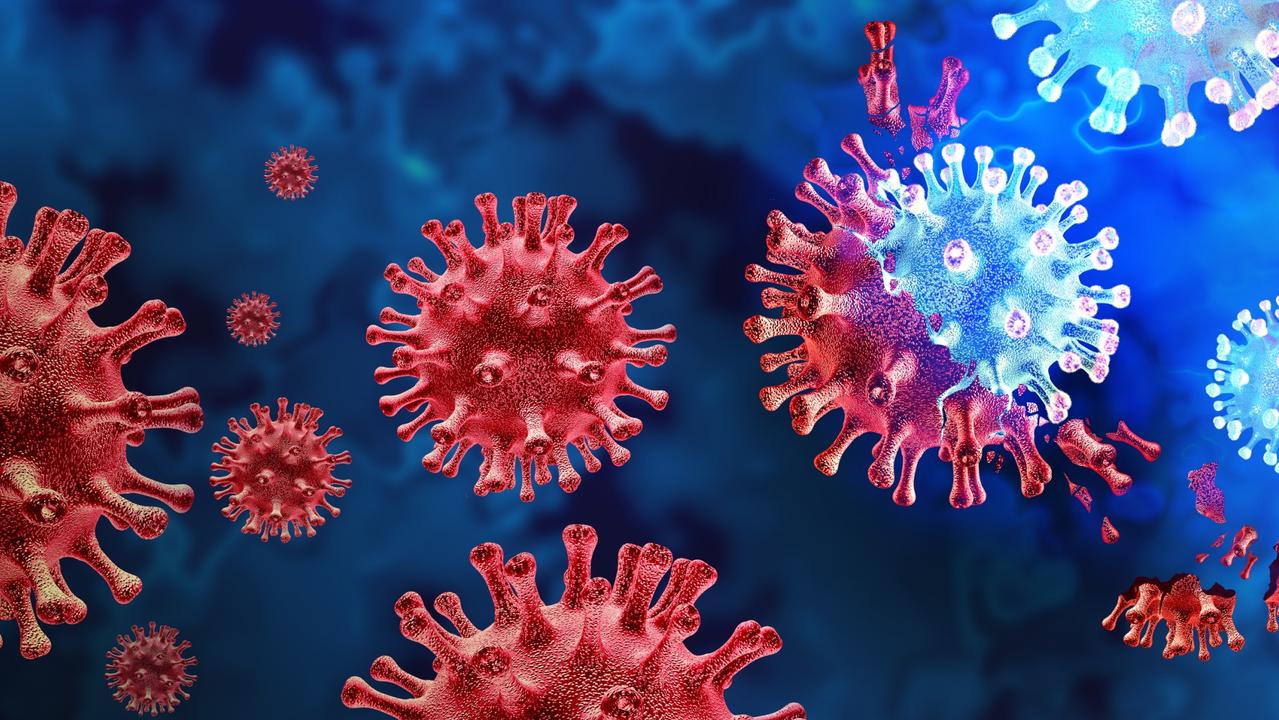How COVID-19 kills in ‘ferocious rampage from brain to toes’
Medical experts have described how coronavirus kills its victims in “a ferocious rampage through the body, from brain to toes”.
COVID-19 kills “in a ferocious rampage through the body from brain to toes” doctors have explained, saying the virus “acts like no pathogen humanity has ever seen”.
In an article in sciencemag.org, frontline clinicians caring for the five per cent who become critically ill are forming a “fast-evolving” snapshot of how it attacks different organs in different coronavirus patients.
“(The disease) can attack almost anything in the body with devastating consequences,” Yale University cardiologist Harlan Krumholz told ScienceMag. “Its ferocity is breathtaking and humbling.”
Clinicians and pathologists are only just coming to grips with the damage coronavirus causes as it tears through the human body.
Although the lungs “are ground zero” doctors are realising the disease’s reach can extend to many organs including the brain, heart and blood vessels, kidneys and gut.
Understanding the rampage it wreaks will help doctors in COVID-19 wards treat the small number who become desperately ill and sometimes die.
Across the world 2.68 million cases of COVID-19 have been confirmed and more than 187,000 people have died since the virus outbreak in China last November became a pandemic.

STAGE ONE: INFECTION
ScienceMag explains how the virus acts, from the first moment an infected person expels virus-laden droplets and someone else inhales them.
Coronavirus, also called SARS-CoV-2, enters the nose and throat.
It finds “a welcome home in the lining of the nose”, according to scientists at the UK’s Wellcome Sanger Institute.
Scientists studying nasal swabs from coronavirus-infected patients say cells in the nose are rich in a particular receptor that coronavirus needs to enter a cell.
Called ACE2, a cell-surface receptor that ordinarily helps to regulate blood pressure, this lets the virus into a cell.
Once there, the virus “hijacks the cell’s machinery”, makes multiple copies of itself and then starts invading new cells.
As the virus multiplies during the first week after infection, the infected person may not have any symptoms, or may develop the symptoms we are now familiar with: fever, dry cough, sore throat, loss of smell and taste, and head and body aches.
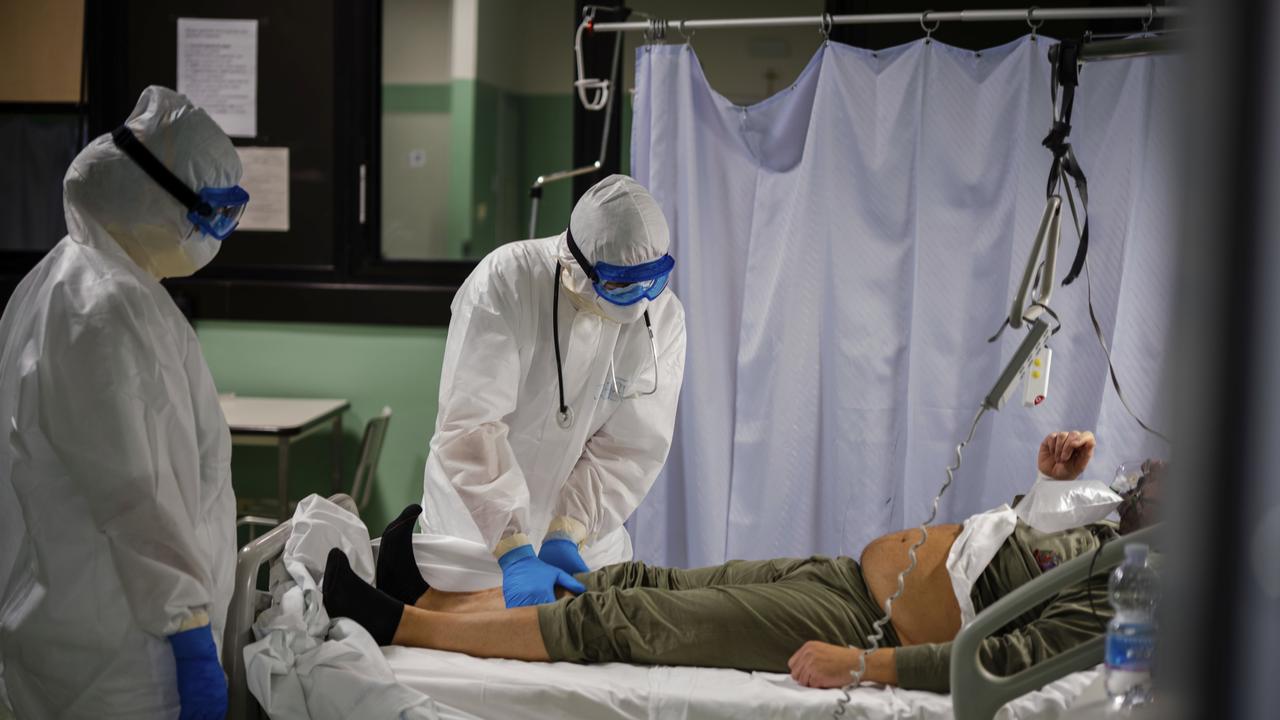
THE FIGHT BEGINS
The victim’s immune system will start fighting back and this is a critical phase in a COVID-19 patient’s outcome.
If the person’s immunity is compromised by illness or weakened by age, the virus “then marches down the windpipe to attack the lungs, where it can turn deadly,” ScienceMag explains.
Down in the lungs are tiny air sacs called alveoli, each of which is lined by a single layer of cells that are also rich in the ACE2 receptors COVID-19 needs to attack cells and rapidly multiply.
In a healthy person, oxygen breathed in from the air transfers into the bloodstream via these air sacs into the tiny blood vessels known as capillaries.
In an infected person, the battle between the immune system and the invading virus disrupts this normal process, similarly to what happens when a person has pneumonia.
As a person’s white blood cells fight off the invader, a detritus of dead cells are left, “leaving a stew of fluid and dead cells” or pus.
RELATED: Trump’s weird suggestions to get rid of the virus
RELATED: Follow updates on the coronavirus outbreak
This causes symptoms of coughing, fever and rapid, shallow respiration.
Most COVID-19 patients recover, albeit at varying rates, without much intervention.
Others deteriorate and develop acute respiratory distress syndrome, and when oxygen levels in their blood plummet and they struggle even more to breathe, they end up on a ventilator.
When they die, post mortems have shown their alveoli stuffed with fluid, white blood cells, mucus, and the detritus of destroyed lung cells.
But the doctors treating COVID-19 on the frontline and the scientists studying it are now examining how the disease storms through the bodies of patients and why or how it affects different organs.
When COVID-19 patients turn for the worse and blood vessels leak, blood pressure drops, clots form, and catastrophic organ failure ensues with, they suspect, something called a “cytokin storm”.
A cytokin storm is a disastrous over-reaction of the immune system, when the immune system attacks healthy cells, and that can start in the brain.
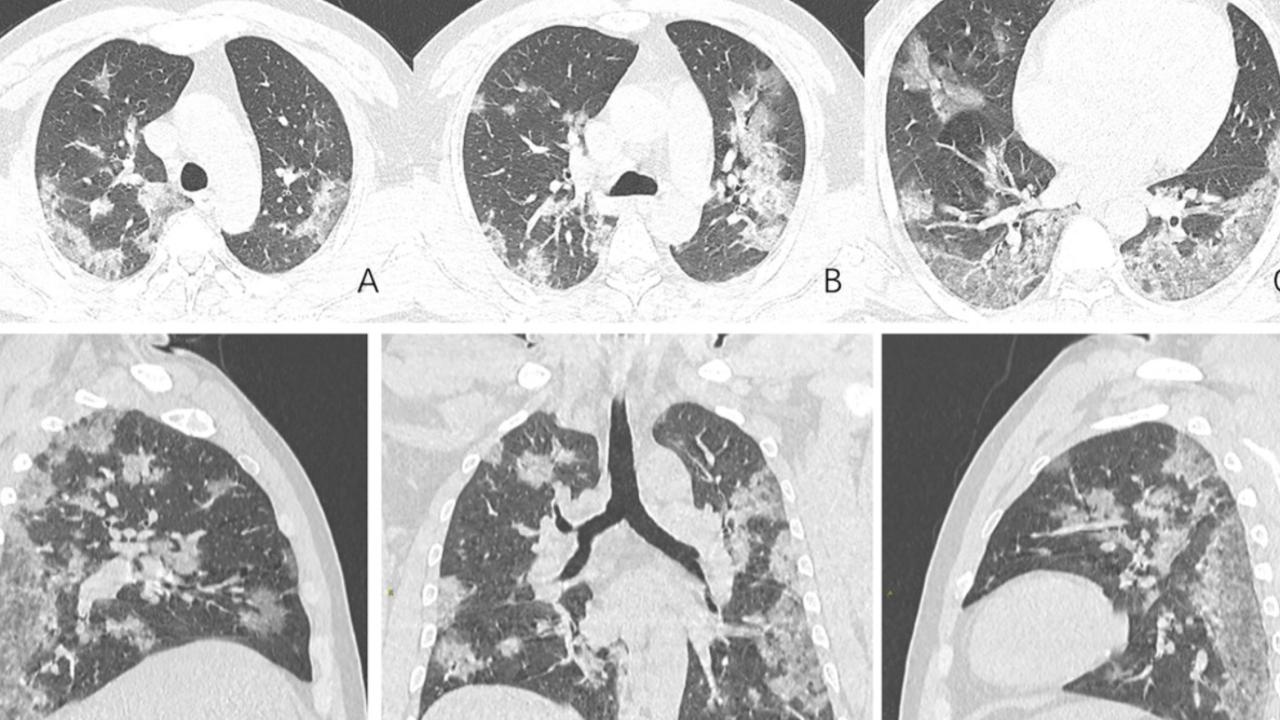
THE BRAIN AND NERVOUS SYSTEM
Some COVID-19 patients have strokes, seizures, confusion and brain inflammation (encephalitis) and it is a conservative estimate that the virus affects the brain and nervous system of five to 10 per cent of people.
COVID-19 doctors are seeing patients with encephalitis, and with seizure-like symptoms more commonly seen when a person has suffered a brain injury.
Other symptoms when coronavirus affects these areas are loss of sense of smell and taste, losing consciousness and having a stroke.
US hospital facility Johns Hopkins intensive care physician Robert Stevens says importantly for the invading virus, ACE2 receptors, which it attaches to, are present in the neural cortex and brain stem.
Coronavirus ancestor SARS was found in its 2003 epidemic to infiltrate neurons and cause encephalitis.
A Japanese COVID-19 patient who developed encephalitis was found to have virus traces in their cerebrospinal fluid.
Other findings say a “cytokin storm” could cause brain swelling, and the blood’s exaggerated tendency to clot could trigger strokes.
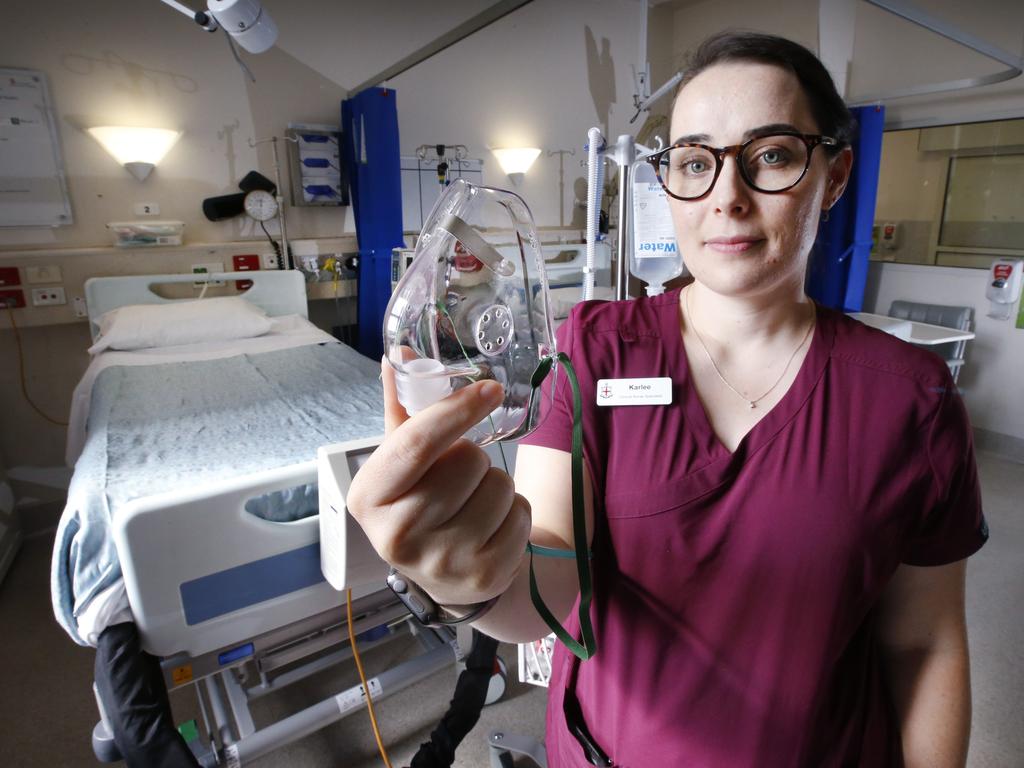
THE HEART AND BLOODSTREAM
Patients with COVID-19 have shown the classic signs doctors see in people who have just had a heart attack.
Dozens of early case studies are showing evidence of patients with cardiac swelling and scarring, and weakened ventricles just from coronavirus.
ScienceMag quotes a paper in the Journal of American Medical Association’s JAMA Cardiology documenting heart damage in nearly 20 per cent of patients out of 416 hospitalised for COVID-19 in Wuhan, China.
Blood was also affected, with one-third of Dutch patients suffering blood clots and pulmonary embolism, or potentially fatal lung clots.
Even further, coronavirus is causing blood vessel constriction or ischaemia in fingers and toes, meaning a reduction in blood flow leading to swelling, pain and possibly tissue death.
“If COVID-19 targets blood vessels,” ScienceMag writes, “that could also help explain why patients with pre-existing damage to those vessels … from diabetes and high blood pressure face higher risk of serious disease.”
THE KIDNEYS
A Wuhan study showed almost a third of patients examined had kidney failure and 59 per cent of around 200 serious COVID-19 patients had likely suffered kidney damage.
A Chinese study found people with pre-existing acute kidney injury (AKI), were more than five times as likely to die.
THE GUT
A worrying symptom of some coronavirus patients has been gastrointestinal distress.
The virus facilitator ACE2 receptors are “abundant” in the gut and the article cites a “growing body of evidence” that coronavirus can also infect the lower digestive tract.
Brennan Spiegel of Cedars-Sinai Medical Centre in Los Angeles says about 20 per cent of patients suffer from diarrhoea, although many people presenting with this symptom won’t be tested.
But “the intestines are not the end of the disease’s march through the body”.
OTHER BODY BATTLEFIELDS
A third of coronavirus patients treated in hospital developed conjunctivitis, or pink, watery eyes.
And more than half of COVID-19 patients in two Chinese hospitals had suffered liver damage.



